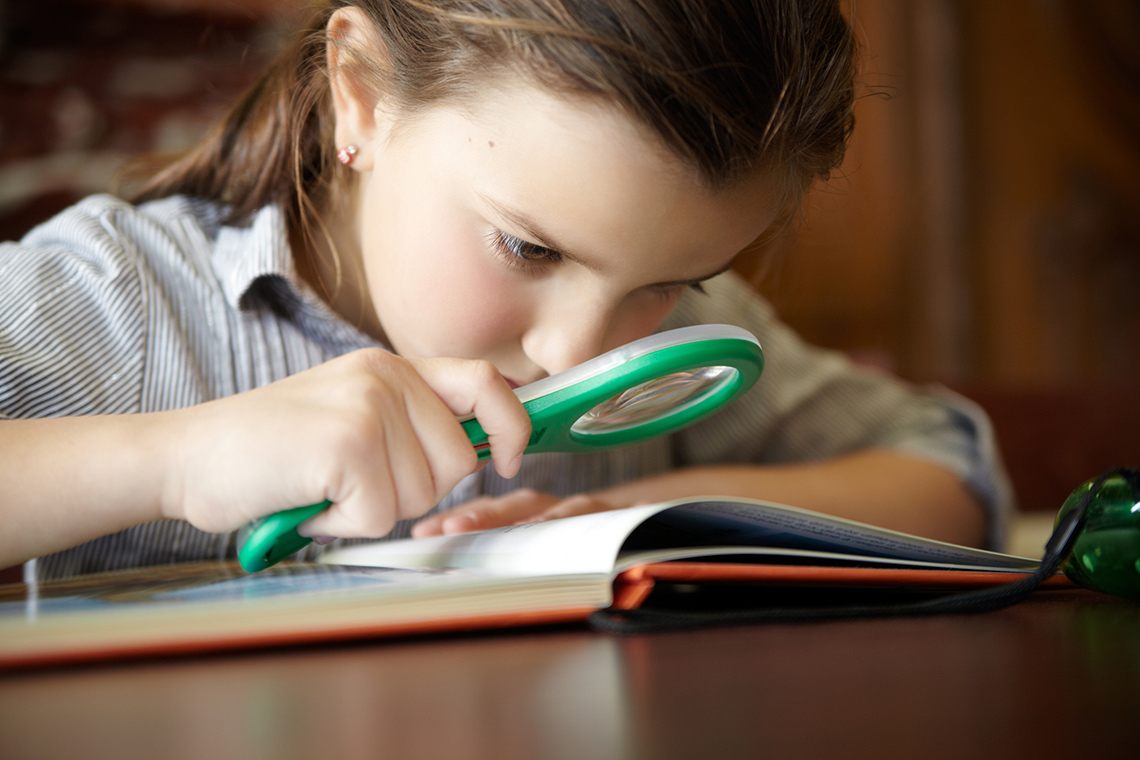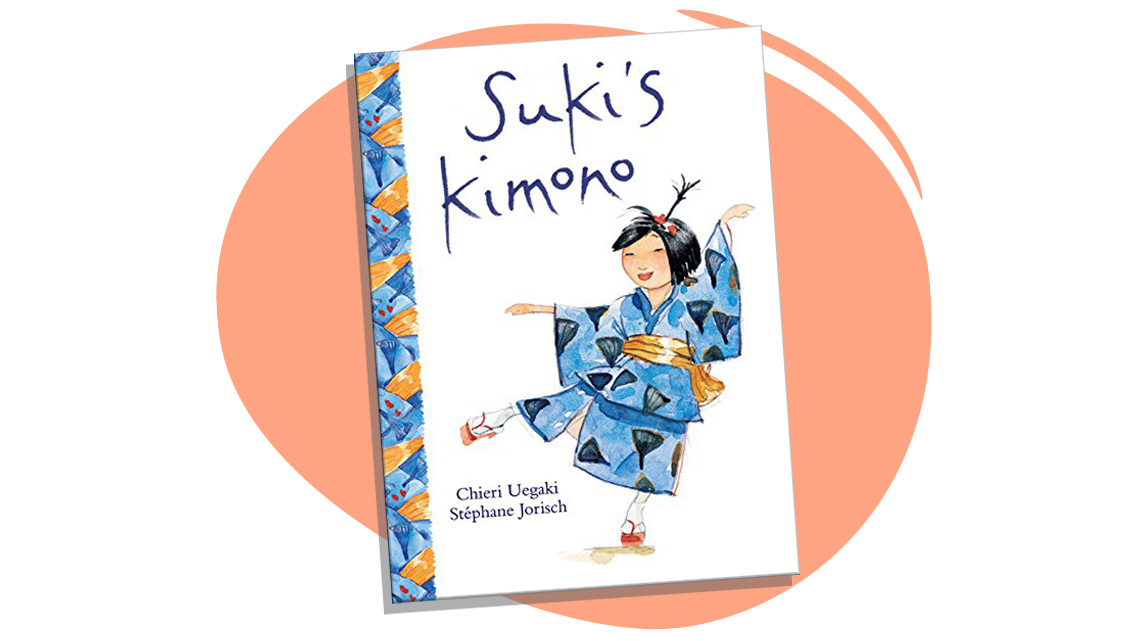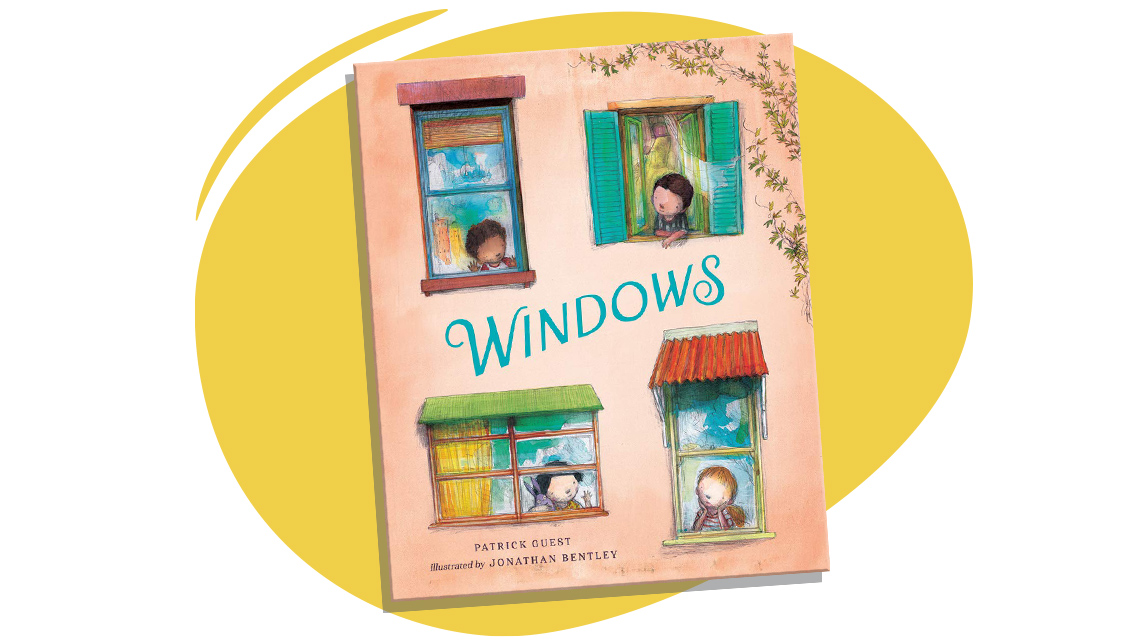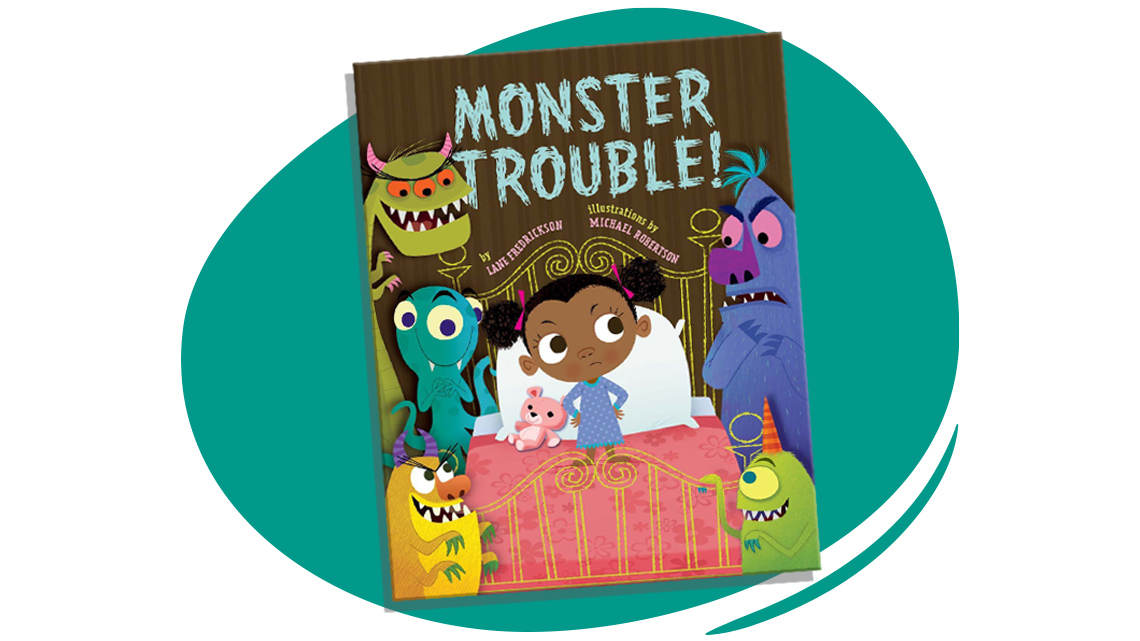Minds On
Searching for clues

Getting clues from book covers
Let’s explore the following book covers. Can you guess what each book will be about based on the title and/or the cover illustration?
Action
Let’s explore
You have just practiced making predictions!
A prediction is a guess what you think might happen. Making predictions is a reading strategy that helps us to think more deeply about the things we read.
All about predictions
We can use different things to make a prediction. For example:
- We can predict what a book will be about based on the title or cover illustration.
- As we’re reading, we can use the words in the story to predict what will happen next.
- We can use the pictures and words to predict what we will learn from the text.
Whenever you make a prediction, think about WHY you’re making it. Maybe you’d like to engage with the story more. Maybe you’d like to connect the story to your own life so that it has more personal meaning.
- You can use clues the author gives you to make a prediction.
- You can use your own knowledge and experiences to make a prediction.
When we use a combination of clues from a book and our own knowledge, we can make predictions that make sense.
You can make predictions before and during reading.
Before reading: Explore the title of the book and the cover illustration.
- I think… will happen because…
- I think I will learn… because…
During reading: Stop often and predict what will happen next.
- I think the character will… because…
- Now that… happened, I think… will happen…
After reading, review your predictions. How close were they to what actually happened in the book?
I predict… because…
Pick a book or an audiobook and practice making predictions. Use clues to predict what might happen in this book!
- Before reading: Explore the title of the book and the cover illustration.
- During reading: Stop and predict what will happen next.
Complete Making Predictions in your notebook or use the following fillable and printable document. If you prefer, use another method to record your ideas (such as an audio recording).
Record your predictions in the My Predictions column. Then, discuss why you made each prediction. Next, in the Clues column, record the clues from the book that helped you to make your prediction.
We’ll focus on the third column (What Actually Happened) in the Consolidation section of this learning activity.
|
My Predictions What I think will happen: |
Clues Why I think it will happen: |
What Actually Happened What I found out: |
|---|---|---|
Press the ‘Activity’ button to access Making Predictions.
Consolidation
After reading
Test Your Skills
Were your predictions right?
When you have finished the book, return to your Making Predictions chart or audio recording, and review your predictions. Were your predictions correct? How close were they to what actually happened in the story?
If your predictions do not match what happened in the story, record what you found out in the “What Actually Happened” column.

As readers, it’s important for us to practice using the clues the author gives us to make predictions. This helps us to think more deeply about the things we read!
Reflection
How do you feel about what you have learned in this activity? Which of the next four sentences best matches how you are feeling about your learning? Press the button that is beside this sentence.
I feel...
Now, record your ideas about your feelings using a voice recorder, speech-to-text, or writing tool.


